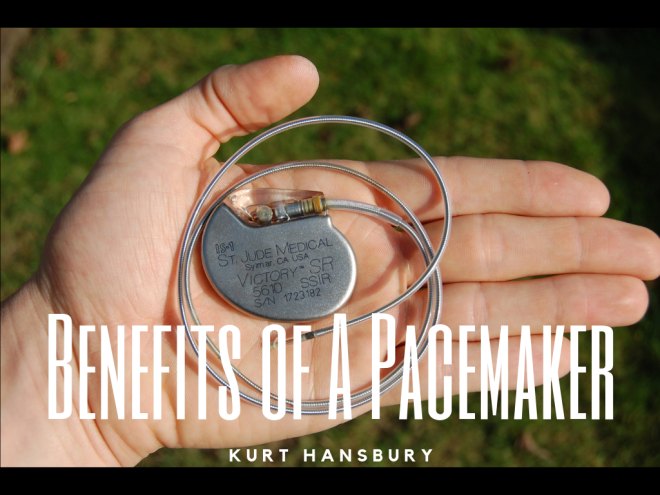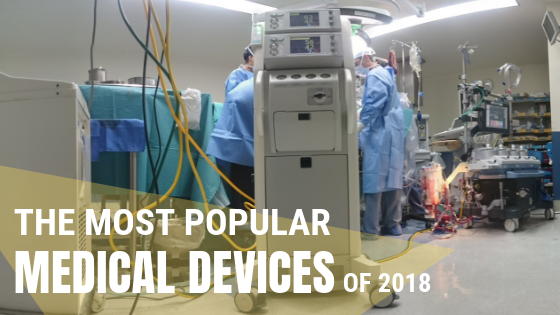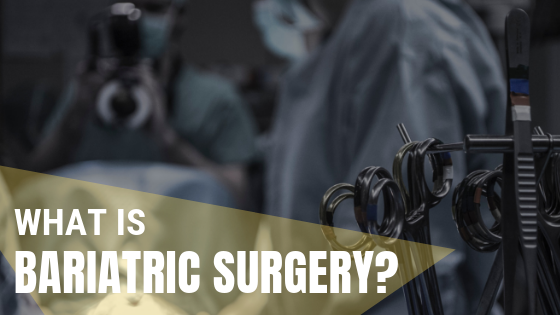The healthcare industry has benefited greatly from technological advances. These advancements have improved living conditions for many and saved millions of lives. Here are eight medical technologies blossoming in 2019.
1. Personalized Medicine
Personalized medicine involves doctors looking at each individual and tailoring their treatment to their genetic makeup. It’s very promising for cancer treatment because the individualized method makes it easier to destroy cancer cells.
2. Telehealth
Technology dominates the world and healthcare is no exception. Telehealth allows patients to obtain medical care through their tablets, phones, and computers instead of going into the office. Patients can speak with doctors and receive a diagnosis on the spot.
3. Smart Inhalers
Inhalers are one of the most effective treatments for asthma, but most don’t utilize their inhalers appropriately. Researchers have created Bluetooth-enabled inhalers that record each dose and whether it was administered appropriately. The device links to the patient’s smartphone to help monitor and control their condition.
4. Robotic Surgery
Robotic surgery assists with control, flexibility, and precision in less invasive surgical procedures. Surgeons won’t be replaced, but the new technology enables them to do surgeries that are much more difficult.
5. Wireless Dissolving Brain Sensors
Doctors can now use bioabsorbable electronics in the brain to measure metrics such as pressure and temperature. The sensors dissolve and eliminate the need to have another surgical procedure for removal in the future.
6. 3-D Printing
3-D printing has advanced by leaps and bounds. They can make joints and implants that patients need during surgery. 3-D printing has dramatically improved the availability of prosthetics since they can be made to perfectly match the patient’s measurements.
7. Wearable Devices
Bluetooth’s introduction in 2000 has spurred development for wearable devices. People can use their phone to track heart rate, steps, activity levels, and even sleeping patterns. Wearable devices allow patients to keep their health conditions in check by providing real-time information in an instant. The market for wearable health devices is predicted to reach a whopping $67 billion by the year 2024.
8. Virtual Reality
Virtual reality lets students and doctors replicate real-life situations to allow them to practice techniques and learn. Patients can also learn about their conditions, diagnosis, and treatment options.
Technology is only going to advance further as time goes on. These advancements create new treatments, methods, and jobs for those looking to enter the field.
 A pacemaker is a small, electronic device that is implanted inside a person’s upper chest in order to
A pacemaker is a small, electronic device that is implanted inside a person’s upper chest in order to 
